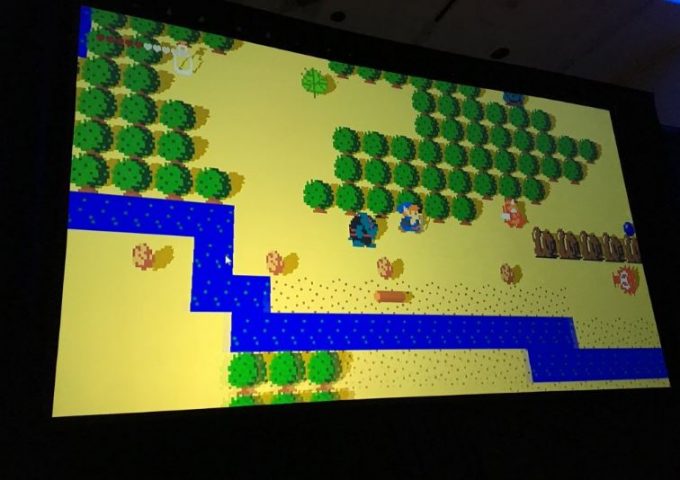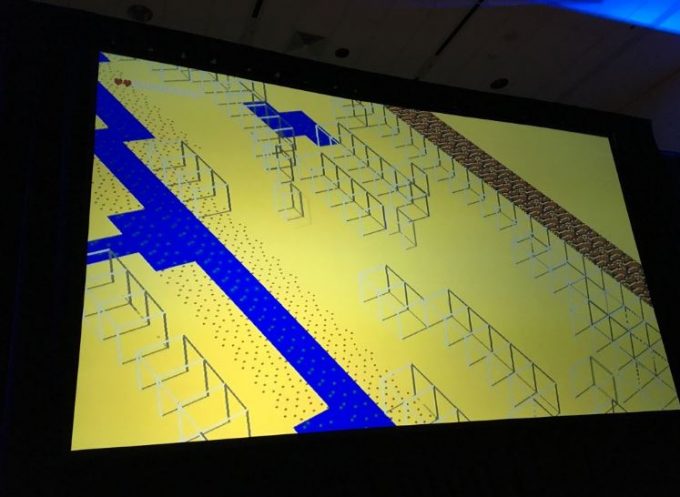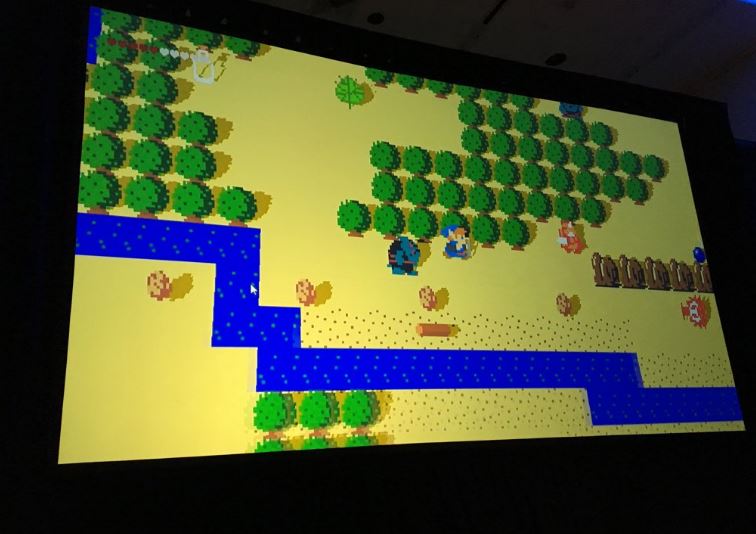“How do we take a passive game and make it an active game?”
That’s the question that the Zelda team asked themselves when beginning development of Breath of the Wild, as revealed today at the Game Developer’s Conference in San Francisco. How they got to the answer was impressive enough.
What are the elements that make up #Zelda: Breath of the Wild? It’s a matter of physics and chemistry of course! pic.twitter.com/jRirlH9Djp
— Nintendo of America (@NintendoAmerica) March 1, 2017
To get to the basis for the game, the team needed to balance “physics” and “chemistry.” Or, rather, what the player does in the game world and how that affects it and them.
This idea that everything is connected, from player to pushbale stone to the grass beneath it, guided the team to understand how Link and the world would be tied together.
What is the “chemistry” of #Zelda: Breath of Wild? All reactions are connected to the world, and of course, Link. pic.twitter.com/lqZpfHTUw1
— Nintendo of America (@NintendoAmerica) March 1, 2017
Once that basic understanding was complete, it was time to test what the player could do to experience the balance. The best way to do that? Create a 2D version of the game. Yes, they made a Zelda Maker.

While not a game on its own, the concept let the team play in the sandbox to create the interactions of objects, allowing for both expected and unexpected results. In fact, the tool they developed ran in the game’s engine to allow for quick portability to the final product, meaning that it was actually 3D and not two dimensional.

Let’s put it this way: Nintendo’s development team created a Zelda Maker that allowed creators to develop Zelda worlds in 2D that could port to 3D easier. Should the company put this product on the market, it could allow for fans to potentially create a Zelda game in 2D, like the original Zelda or Link to the Past, and switch it to an Ocarina of Time or Breath of the Wild level of 3D. For reference, Super Mario Maker could only transfer across 2D designs.
This is exciting for gamers who have felt that a Zelda Maker was a natural progression of the “maker” concept. Let’s keep our fingers crossed!
Source/Images: Nintendo Twitter



No Comments